Throughout history, there have been countless tales of women who fought societal norms and bucked traditions in order to honor their beloveds. Uncovering the powerful love stories behind six memorials built by these brave women is a testament to their strength and determination. From the memorial erected by an Italian woman in remembrance of her lover to the monument commissioned by a Mughal princess that still stands tall today, we explore the age-old love stories behind these six remarkable memorials. Whether it’s to commemorate a marriage or pay tribute to a lost loved one, each memorial is as unique and special as the emotions behind them.
Table of Contents
An Everlasting Memorial of Love
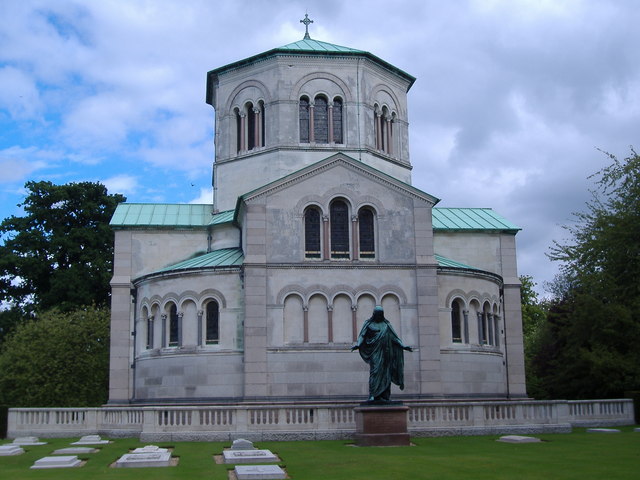
Queen Victoria was devastated by the sudden death of her 42-year-old husband, Prince Albert, in 1861. To honor her late husband’s memory, she withdrew from public and social engagements and surrounded herself with images of him. She commissioned statues and memorials in his memory and began work on a mausoleum at Frogmore, a royal estate near Windsor Castle. She worked with architect Thomas Grays to design the building and personally oversaw the construction of the edifice, using materials from all over the world to make it a fitting tribute.
Victoria was eventually interred at Frogmore in 1901, alongside Albert’s body which had been moved from St George’s Chapel in Windsor where he had been initially buried. Tourists can view the building from the exterior but the tomb is closed to the public. Inside is a colorful interior inspired by Albert’s passion for Italian Renaissance art, centered around a splendid sarcophagus topped by marble effigies of Victoria and Albert, who are depicted together in serene repose.
The mausoleum built by Queen Victoria at Frogmore serves as a powerful reminder of their marriage, offering testimony to their enduring love story even after death. The monument stands as a timeless testament to true love and undying commitment that Queen Victoria was determined to celebrate through this memorial.
A Love Story Beyond Death
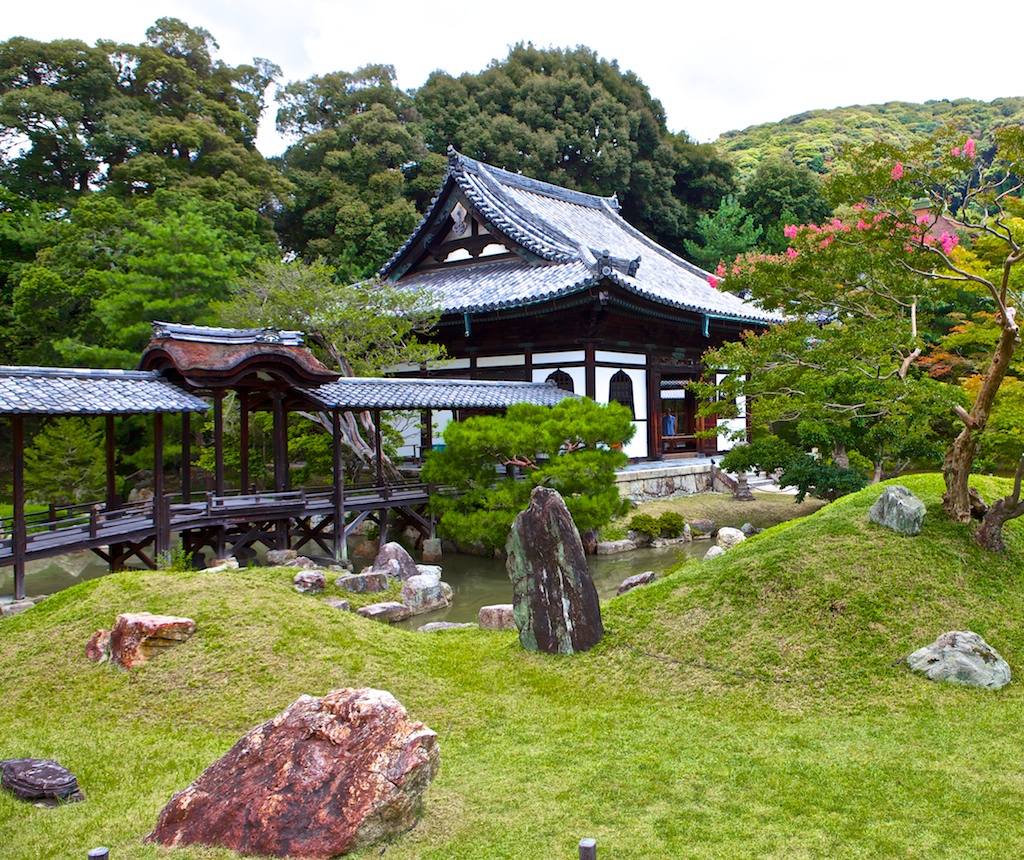
Kodai-ji Temple is a Buddhist temple located in the foothills of Kyoto’s Higashiyama Mountains. It was commissioned in the memory of the samurai Toyotomi Hideyoshi by his wife Kita-no-Mandokoro after his death in 1598. She had tremendous control over Hideyoshi’s finances and instructed him to build the memorial for her lover.
Kita-no-Mandokoro was a Buddhist nun who lived at Kodai-ji for 19 years. She was a powerful woman, with authority over Hideyoshi’s finances and many other resources, who helped to oversee the building of the temple. Hideyoshi had various concubines throughout his life but never repudiated his wife. Because of this, historians such as David L. Howell from Harvard University suggest that Hideyoshi and Kita-no-Mandokoro were devoted to one another and that she may have been his only true love.
Kita-no-Mandokoro is often remembered with admiration and respect for her loyalty to Hideyoshi and her role in creating Kodai-ji Temple. In 2005, the Japanese government even issued a postage stamp to commemorate 500 years since their marriage, marking the devotion between them that went beyond death.
The breathtaking grounds of Kodai-ji Temple are filled with lush trees and beautiful gardens – a reflection of Kita-no-Mandokoro’s love for nature. In addition to the memorial buildings, there are several small shrines dedicated to her memory, including a statue of her holding two praying hands together – an enduring symbol that conveys her deep devotion to her late husband.
At Kodai-ji Temple, visitors can still see firsthand Kita-no-Mandokoro’s legacy: an unforgettable love story between two powerful partners that endures beyond time and space. Today, visitors come to Kodai-ji not only to marvel at its beauty but also to pay respects to the couple’s exceptional love story.
Memorial to a Marriage
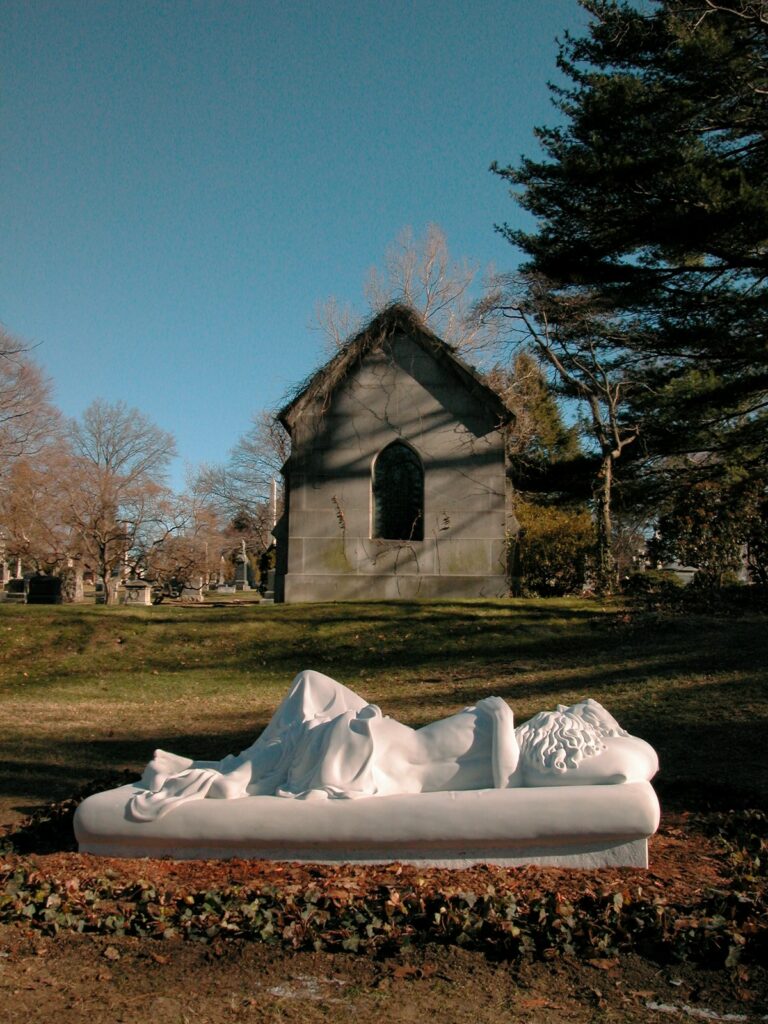
“Memorial to a Marriage” is an iconic bronze mortuary sculpture created by American artist Patricia Cronin in 2002 to commemorate her and her wife, Deborah Kass. The sculpture depicts Cronin and Kass embracing beneath a bedsheet, sitting atop their future burial plot. When the piece was first unveiled, it was the “world’s first marriage equality monument,” as same-sex marriage wasn’t legally recognized in any country at the time.
Cronin’s work serves as a powerful reminder of the importance of having equal rights for people who deeply love someone, regardless of their sexual identity. She has stated that she created the sculpture “to unapologetically assert her right to love, honor and be buried next to the love of her life.” The sculpture is an incredibly touching tribute to the power of love between two individuals in spite of all obstacles they may face.
Today, “Memorial to a Marriage” stands as an inspiration for many people around the world who continue to aspire for an equal world despite its challenges and struggles. A replica of the sculpture is permanently on display at Kelvingrove Art Gallery and Museum in Scotland, further highlighting its significance in our society. As we stand witness to this beautiful monument and cherish its beautiful message, let us also continue to raise awareness and fight for a more inclusive society where everyone can freely express their love without fear or consequence.
An Enduring Monument of Love and Mughal Architecture
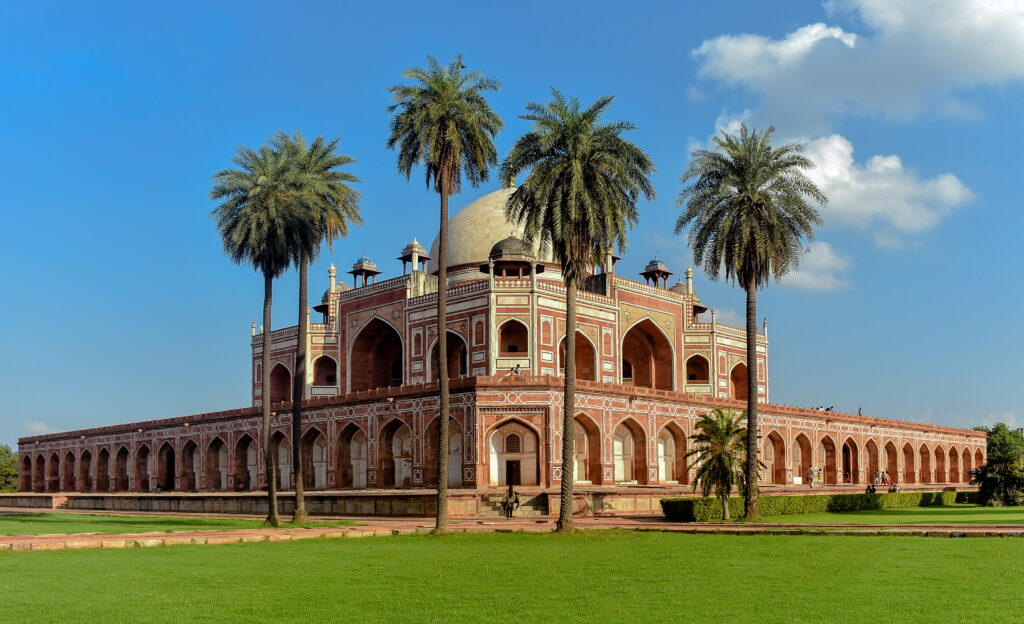
Humayun’s Tomb, located in east Delhi, India, is an exquisite monument that was inspired by the Taj Mahal. It was commissioned by Humayun’s first wife, Bega Begum, after his death in 1556 at the age of 47. The tomb is considered the grandest example of Mughal architecture and is said to be the first large building made in this style. Bega Begum took on the responsibility of overseeing its construction, which lasted for 8 years.
The tomb embodies the love story between Humayun and Bega Begum. It is composed of a square garden with pathways leading to the mausoleum. The building has several architectural features, including an impressive red sandstone façade with intricate floral motifs and white marble inlay work. This majestic monument stands at a height of 47 meters and is surrounded by high stone walls.
When the tomb was completed in 1564, it was given to Haji Begum (Humayun’s widow) to be looked after while she lived. Over time, the tomb became a renowned site for locals and travelers alike. The design not only serves as a reminder of the couple’s enduring love but also as an inspiration for modern architects.
Humayun’s Tomb still stands tall centuries later as both a testament to Bega Begum’s love and an impressive feat of Mughal architecture. With its elegant aesthetics, it portrays beauty that can’t be matched in any other form or structure. This memorial will undoubtedly continue to hold significance for many more generations to come.
The Age-Old Love Story Behind the Mausoleum of Halicarnassus

The Mausoleum of Halicarnassus, located in the Turkish city of Bodrum, was one of the Seven Wonders of the Ancient World. According to Valerius Maximus, Queen Artemisia commissioned the grand tomb for her partner, Mausolus, in 353 B.C. As a symbol of their love, Artemisia devotedly mixed Mausolus’ ashes in a liquid and consumed it. This touching dedication remains immortalized by both ancient and modern writers who have celebrated the couple’s love.
Renaissance and Baroque art often depict Artemisia supervising the construction of the memorial. It has been said that she was directly involved in designing the structure, with four stories rising from a podium base and topped with a pyramidal roof. The mausoleum is built from dazzling white marble and features intricate sculptural reliefs depicting battles, chariot races and scenes from Greek mythology.
It is believed that as much as $1 million was spent on the memorial’s construction over 11 years. Sadly, however, much of the structure was destroyed by an earthquake in 1342 A.D., leaving only a few scattered sculptures behind. Despite this, remnants of the mausoleum can still be seen today in Bodrum—serving as a powerful reminder of the passionate love between Artemisia and her beloved Mausolus 2,300 years ago.
500 Hand-Carved Sculptures
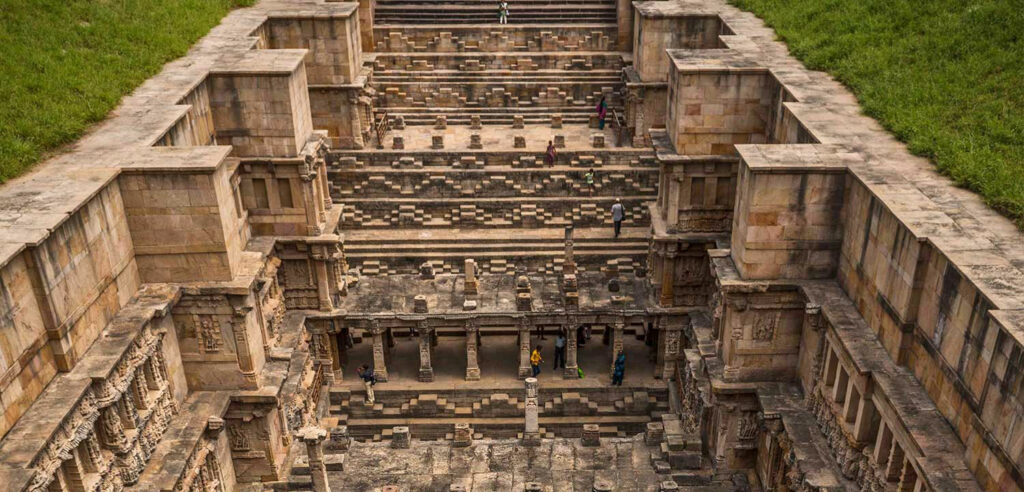
Rani-ki-Vav Stepwell is located on the outskirts of Patan, in western India. It is a stepwell—a multi-storeyed structure with descending stairs and platforms leading to underground water. The Stepwell consists of a series of staircases, four pavilions, and 1,500 hand-carved sculptures bearing themes from Indian mythology.
India used to have thousands of stepwells like Rani-ki-Vav as a means of collecting rainwater and served as a meeting place for social gatherings. Unfortunately, many of these stepwells were destroyed by British colonial forces during their occupation of India in the 19th century.
Rani-Ki-Vav was commissioned in the 11th century by Queen Udaymati, the widowed queen of the Chalukya dynasty who ruled an area in present-day Gujarat State. She dedicated the Stepwell to her late husband, King Bhimdev I, and filled it with intricate sculptures that tell stories from Indian mythology. Udaymati had the Stepwell built in her husband’s memory to celebrate his life and accomplishments.
The Stepwell was buried under sand for hundreds of years and only rediscovered in the 1980s when it was extensively restored by archeologists from the Archeological Survey of India (ASI). Today, Rani-ki-Vav stands proudly as a memorial to Queen Udaymati’s love for her late husband and is considered one of India’s most beautiful stepwells.
The monuments and memorials built by women, in tribute to their lost loved ones, stand as powerful reminders of their undying love and commitment. These six memorials are living proof that nothing—not even death—can ever break a bond of love that is so strong and so pure. These memorials and monuments stand as everlasting symbols of a love story that will never be forgotten.
